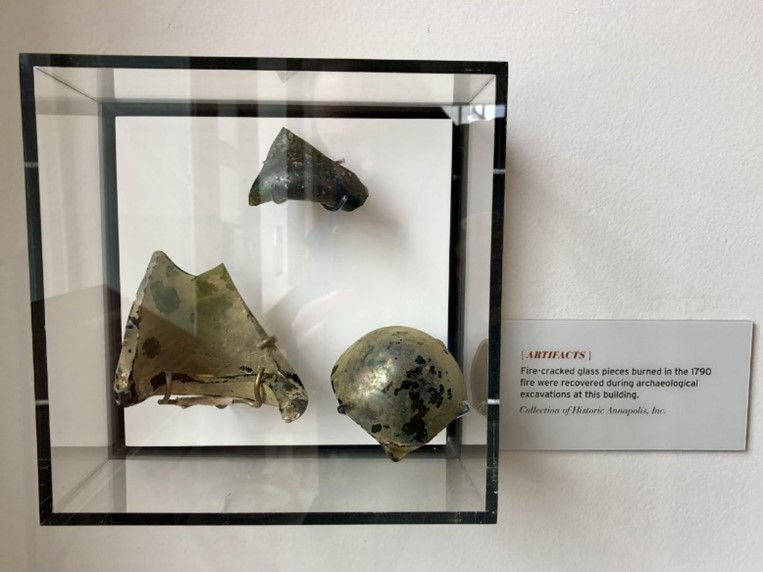Cellar Secrets
- HistoricAnnapolis

- May 26, 2021
- 2 min read
Updated: Jun 4, 2021
This blog was originally posted on the Historic Annapolis website in March 2018.
Between January and March 2018, the cellar of the James Brice House revealed new secrets brought to light by historians, archaeologists, and our master mason. Recent investigations lead by architectural historian Willie Graham suggest that the cellar underwent a renovation as a laundry when Carvel Hall Hotel purchased the house in the 1910s.

A modern coat of whitewash covers the walls and ceilings, but not so completely as to mask graffiti left by the workmen, including carvings on the stone walls and writings on the woodwork. Startling inscriptions peer through the whitewash, which covers vast early writings made in red pencil. In time, conservators will remove the modern finish. The text will hopefully divulge something about how the cellars were first used.
Initial excavation work by The Lost Towns Project targeted the floor near an opening created in 1912 whose jambs are made from reused boards probably cut from an original "dresser" (the period name for kitchen counters). Dressers rarely survive, and thus this is a great find. Carefully removing the brick floor paving, Lost Towns is documenting the fragmented remains of the original covering, which the team plans to recreate.

Meanwhile, master mason Raymond Cannetti's team, who restored the original bulkhead opening, discovered a previously unknown doorway at the bottom of its steps. Mortises in the stonewalls underneath a vault they repaired revealed to an astonishingly precise degree what that doorway looked like and indicates the treatment of the bulkhead over it. The masons recreated that doorway and hope soon to build the bulkhead foundations discovered by the archaeologists.
Willie Graham Consulting Architectural Historian, James Brice House Restoration








Comments